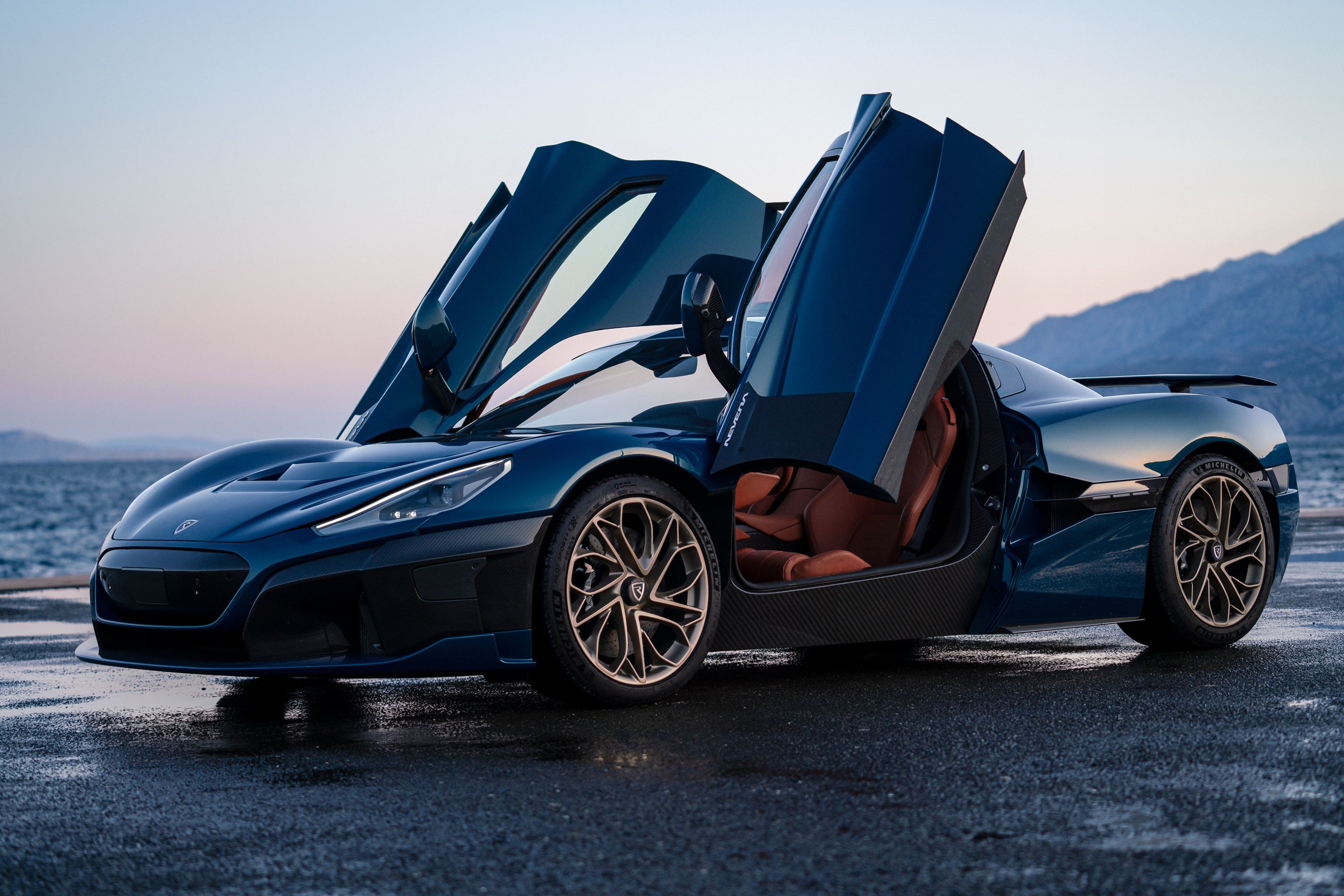
It's been nearly two years since Pininfarina presented the extraordinary Battista, ushering in a new era of pure electric hypercars alongside the Rimac C_Two and Lotus Evija. It wasn't that long ago when hybrid supercars achieving close to 1,000 hp set new benchmarks for performance, but these electric hypercars produce nearly 2,000 hp. Like the Rimac C_Two, development of the production Battista is still underway. As production gets closer, the electric hyper GT has completed its first high-speed test run at the Nardo Technical Center in Italy. In a new video, we get to see the electric car in action on the track for the first time.
Putting the car through its paces was test driver and Vehicle Dynamics Manager Georgios Syropoulos, who performed a series of dynamic tests at the proving ground including high-speed sprints around the circular banking of the 7.8-mile long Nardoring circuit to test the acceleration and laps around the twisty 3.8-mile handling track to assess the car's agility.
This isn't a stripped-out development mule either. Unlike the advanced Rimac C_Two prototype recently driven by Nico Rosberg, the Battista prototype features a fully finished luxury interior. When the production model arrives, owners will be able to access online services in over 50 countries without having to connect to WiFi thanks to Pininfarina's partnership with Deutsche Telekom.
"This test is an exciting moment for our clients and the team at Automobili Pininfarina as we complete another phase in the development of the most powerful Italian sports car ever made. We have undertaken extensive development using advanced simulation technology, and we can now fine-tune the calibration of Battista's bespoke chassis and pioneering four-motor torque vectoring system on road and track."
The Battista's performance is mind-blowing. A 120-kWh battery powers four electric motors with one at each wheel producing a combined 1,900 hp and 1,696 lb-ft of torque, making it Italy's most powerful car. This setup enables the Battista to accelerate from 0-62 mph in under two seconds, which is faster than a Formula One car. 0-186 mph takes less than 12 seconds before the electric hypercar maxes out at 217 mph.
Now that the first high-speed testing is completed, the next stage of development will begin with nine prototypes unleashed onto public roads and in private test facilities as Rimac continues to finetune the chassis settings, torque vectoring system, and sound experience. Deliveries for the first completed cars are scheduled for 2021.
